At Access Rehabilitation Equipment, we commit to providing you and your loved ones solutions for life! Fitting your lifestyle, each aid and equipment is tailored to the unique challenges you are facing, so work with us to find the independence and mobility you want!
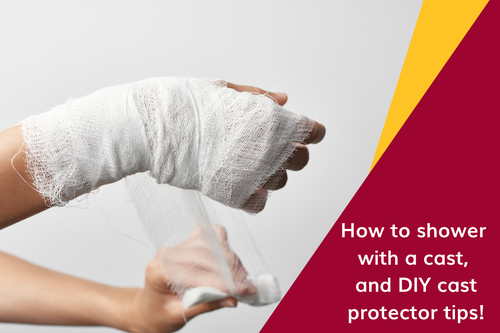
Once you get past the initial pain of a broken bone and find yourself with a cast, the next hurdle is managing your day-to-day routine. With a cast on, you may wonder how to bathe without getting it wet, as even a small amount of water can cause skin irritation and infection.
With a cast, it's important to steer clear of water. This can make routine activities like showering become inconvenient, and enjoyable outdoor activities, such as lounging by the pool, beach, or taking a boat ride, potentially risky. Read on as we give you some great tips on managing daily showering routines with a cast.
In this article, we'll discuss the best ways to keep your cast dry in the shower, along with some DIY cast protector tips to make your recovery process smoother and more comfortable.
How to keep your cast dry in the shower
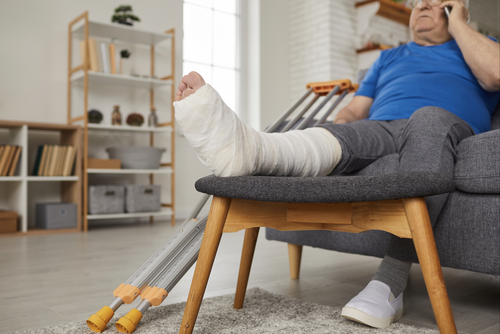
Before you even consider stepping into the shower with a cast, it's crucial to take steps to waterproof it for extra protection. An effective method to shield your plaster or fiberglass cast from water damage is to establish a barrier between the water and your cast. Here are effective ways to keep your cast dry while still maintaining personal cleanliness.
Limbo cast protectors
The easiest way to keep your cast dry is by purchasing waterproof cast covers. Cast covers do more than just keep your cast safe; they also provide tight protection for bandages, rashes, scrapes, burns, cuts, and wounds.
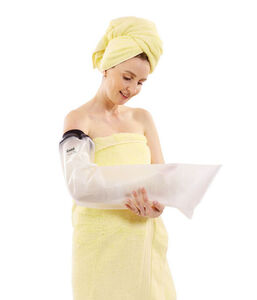
The Limbo Cast Protectors allow you to protect your cast while washing, with their self-sealing 100% waterproof closed cell neoprene protecting your cast completely against water. LimbO Cast Protectors are available for all parts of the body, including the arms, legs, feet and fingers. LimbO also comes in different lengths depending on where your injury is located and the size of your cast.
DIY cast cover solutions
You can also try a couple of do-it-yourself ways to keep your cast dry when bathing. While these methods are usually less effective as professional cast covers, they still give extra protection when needed.
-
Plastic bags
If you don't have a waterproof cast cover, household items can help. One DIY option is to use a plastic bag or small garbage bag to cover your cast. Just pull the bag over your cast and secure it with medical tape, duct tape, or a rubber band. This will make a waterproof barrier to keep your cast dry. Before getting it wet, make sure to check the bag for any holes.
-
Plastic wraps
Plastic wrap, or cling film, is a thin plastic material commonly used for sealing or wrapping food items. Wrap the plastic wrap tightly around the cast with layers that overlap. Be sure that both ends above and below the cast are fully sealed. Using tape to secure it in place is advisable, and it's important not to submerge the wrapped cast in water, as this wrapping is prone to leaking.
How to shower with a non-weight bearing cast
A non-weight bearing cast is a type of cast used to immobilize and protect a limb, often due to fractures, injuries, or surgical procedures. In this type of cast, the individual is advised or instructed not to put any weight on the affected limb. This restriction is critical for the proper healing and recovery of certain injuries or surgical interventions.
Showering with a non-weight bearing cast requires some precautions to keep the cast dry and secure. Here are helpful tools to assist you with showering when non-weight bearing.
-
Shower chair: A shower chair is a vital tool when showering with a non-weight bearing cast. By providing a stable and secure seating option, it eliminates the need to stand, reducing strain on the injured limb. Plus, it's easier to move around on the chair, and you can enjoy a longer shower.
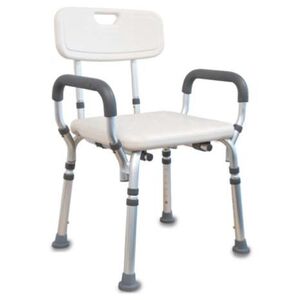
-
Handheld shower: Another effective tool to use when showering with a non-weight bearing cast is a hand-held shower spray. With control over the direction and intensity of the water flow, you can ensure thorough coverage for every part of your body without the need to move around or stand. This is especially beneficial when you have mobility restrictions due to a non-weight bearing cast. Additionally, it enables you to keep water away from the cast, reducing the risk of damage and promoting a more comfortable shower experience
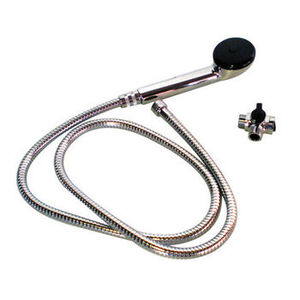
-
Suction grab rails: For added safety when getting in and out of the shower, suction grab rails are excellent tools to help you maintain balance. These grab rails act like extra support handles that you can stick to the shower walls without any drilling or fixing, providing something sturdy to hold onto and ensuring you stay balanced and safe.
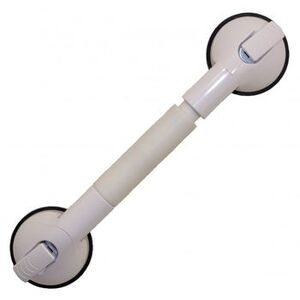
Conclusion
Showering with a cast may require a bit of extra effort, but with the right precautions you can maintain your personal hygiene without putting your cast at risk. Investing in a waterproof cast cover not only provides peace of mind during showers but also protects your cast, ensuring you have a successful recovery.


 Providing solutions for life
Providing solutions for life







